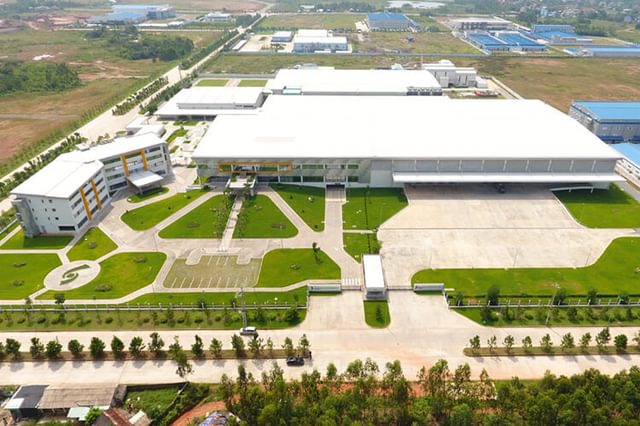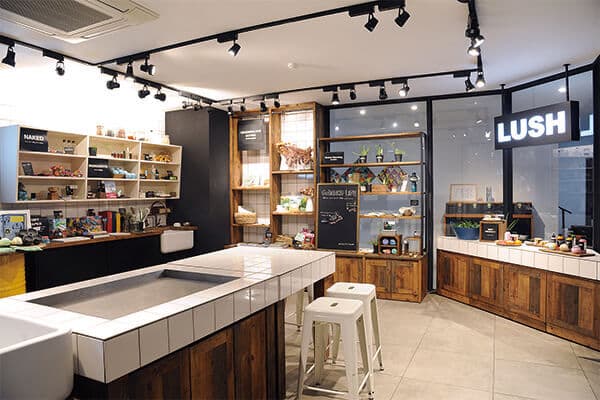
Label System Management
By Use Case
By Industry
By Standard

Global
Retail
Enterprise
Synopsis
BarTender helps a multi-brand, multi-channel retailer standardize labeling across its vertical supply chain, to achieve consistency and accuracy while saving costs through a flexible licensing agreement.
An American multi-brand, multi-channel, specialty apparel retailer offers an assortment of women’s, men’s and children’s apparel, operating over 450 retail stores throughout the United States in addition to conducting business online and through catalogs.
The key was to find a more consistent and efficient method of labeling that would follow merchandise from the site of manufacture to the point of sale, eliminating cross-dock labeling.
Goods from suppliers were often incorrectly and inconsistently labeled, and had to be relabeled at the warehouse before they could head to retail racks. These label edits consumed considerable extra time in warehouse and distribution centers, which slowed supply and added costs to operations. The company looked for ways to increase labeling accuracy and minimize time consumed correcting, designing and affixing labels in warehouse and distribution centers.
There was also a second cost problem. The company licensed their legacy labeling system based on number of users. Since every seasonal shift in supplier also meant that different vendors were creating the labeling, the retailer was paying for technology that went unused most of the year.
The company wanted a labeling solution that would align more effectively with its business needs and address its labeling pain points. The company determined that their new labeling system should:
After completing an RFP and systems evaluation process, the retailer chose BarTender® to manage the implementation of the new labeling system for their global supplier base.
With BarTender, the retailer can integrate the new labeling program deeply and completely into its business processes, enabling interoperability, consistency, economy and efficiency of operations.
BarTender’s per-printer licensing resolves paying for idle technology used only seasonally.
To create uniform templates for labels that its everchanging corps suppliers could access and use for labeling merchandise at their local facilities, BarTender label templates were created and then disseminated using BarTender’s web-based Print Portal. With Print Portal’s print time forms, suppliers can select a label format, and then using pre-populated menus, select the appropriate data to include on the label.
Standardizing labeling across all suppliers eliminates the homemade (and inconsistent) label making that had occurred previously. The Web portal supports interfaces to a broad assortment of browsers, including Safari and Internet Explorer/Edge, which also gave users flexible alternatives based on available technology.
Since its global supplier base changes continuously, the retailer was never certain which printers and operating systems its vendors were using. The company created interfaces between BarTender and a broad variety of printers, providing support to print on Windows and iOS operating systems, positioning itself for any situation, and adding agility to its printer and labeling business processes.
Labeling now resides wholly with its supplier base. By designing an easy-to-use business process engineered to eliminate mistakes and workarounds, the company is able to achieve its goals of goods arriving at warehouse and distribution points correctly labeled, gaining new efficiencies and saving resources, time and money.
The company needed a streamlined implementation process that would quickly get vendors on board with labeling. BarTender can print to virtually any output device — it operates at a plug-and-play level with most printers. The company created predefined templates in BarTender. They’re readily understandable with simple, automated production, even if English isn’t the supplier’s native language. The company backs this up with video training for the labeling system that it includes as part of its supplier onboarding process.
Because business rules and processes are quickly revised and shared using BarTender, the company has increased its agility, enabling rapid response to any future business scenarios that could unfold. This agility enables the retailer to get to market with its goods faster, respond to fashion trends more quickly, and streamline operations from supplier points of origin through warehouses, distribution centers and onward to online, catalog and retail outlets, saving time, resources and money.
Labeling, the carrier of item traceability data throughout the supply chain, is consistent and standardized, regardless of the printer or operating system used, or the technological understanding of the supplier doing the labeling.
Solving critical issues in labeling, licensing, deployment and execution have enabled the retailer to focus on business growth and maintain its reputation as a retail market leader.

Label System Management

Retail

Retail
